I am so confused about this ampere thing.
Here are my questions.
1.A DC battery can deliver any amount of electric current we want(Before the battery burns out).For example, an led with 5 voltage and 1 amp rating can work in a battery of 9 v and a motor with the same voltage but higher ampere can also work in this battery.Right?
2.In the phone adapter(I am trying to charge my iPhone from a car igniter.), it is said to deliver 5v at 1A.Here why do they even mention the ampere if it is not needed and it all depends on the phone itself(I am thinking why can't the phone take ampere it needed like the led.I am not giving specific current to led.It is taking what is needed.)
3.Is it safe to measure the ampere of the phone adapter(Which is said to deliver 1 A of current) with my multimeter?(I tried to measure ampere of a battery and the multimeter went crazy.)
4.In this video he is touching a 200000 volt with his bare hand and he is still alive because of law ampere.My question is how he is able to control the ampere here if you can't control in the wall socket or even battery.(I thought that it has to do with ohm's law and series connection where we can divide the ampere by introducing a high resistance to the circuit.)
5.Is it safe to charge a phone with 5v and 1A rating with a power source of 5 volts and 2 A
6.In this image  different currents are said to have different effects.Is it true that when I touch the AC power supply how much ampere is flowing through the body is determined by the resistance of the skin.
different currents are said to have different effects.Is it true that when I touch the AC power supply how much ampere is flowing through the body is determined by the resistance of the skin.
7.When I measured my laptop charger for AC current I was able to get about 50V(Is this because of improper earthing) but when I touched it I couldn't feel the electricity, Why is that?(I did some calculations and found that the current passing is about 0.00025 so it may be not fatal.Is this correct)
8.I heard about the electric man in India who can conduct a huge amount of electricity through his body and even turn on a grinder(LINK)and they said that he has a lot of resistance about 1.5 million ohms.My question is how does he do this(Because if he has huge resistance how does electricity even pass through his body)Can I do this trick if my skin had a very little resistance (So the current will go through my skin{My skin would behave as a super conductor})
9.why can't I use the power(P=V*I) to find out whether a human can survive an electrocution.
Thank you for all your contributions.I am so amazed by the power of stack exchange community.Any help is appreciated